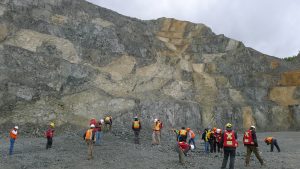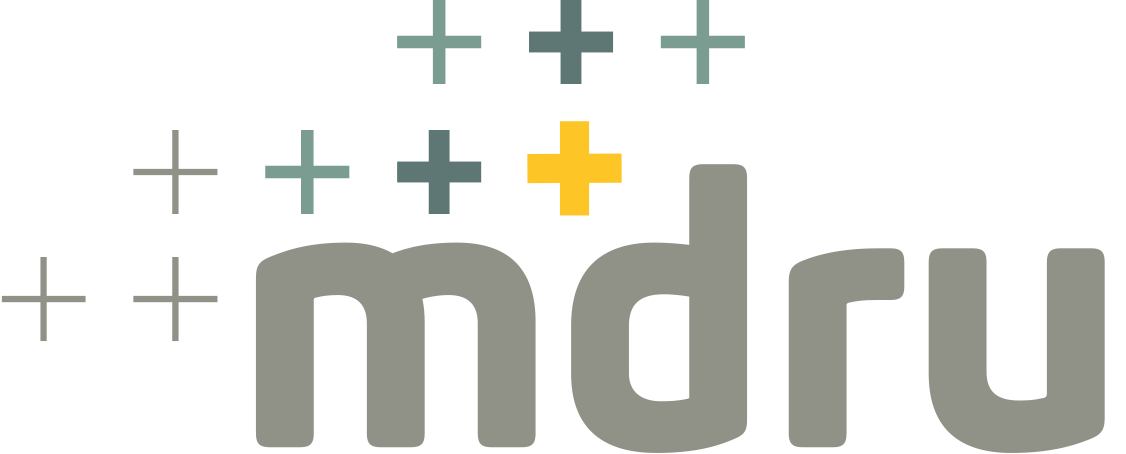Project Information
- Ore Deposit: Porphyry
- Commodity: Copper, Gold, Silver
- Research Themes: Copper, Gold Deposits
- Location: Copper Mountain, British Columbia
- Project Status: Completed
- Start Date: 2014
- End Date: 2015
Alteration styles and patterns, and grade variations in alkalic porphyry projects are notoriously difficult to assess, in part because of host rocks controls. This project characterized host rocks and their controls on alteration, Cu, Au and Ag mineralization and grade distribution at Copper Mountain mine in southern BC.
The Copper Mountain porphyry copper deposit is centered on several Late Triassic-Early Jurassic alkalic intrusive bodies emplaced into the basaltic-andesitic, largely fragmental, Nicola Group volcanic rocks. Intrusive rocks consist of large dioritic stocks, such as Copper Mountain Stock, displaying concentric zoning and a cluster of slightly younger diorite to monzonite phases with predominant dike and plug geometry collectively known as Lost Horse Intrusive Complex (LHIC). Building on the Copper Mountain mine geology maps and cross sections, this project characterized host rocks and their control on alteration, Cu, Au and Ag mineralization and grade distribution.

Field relationships, core logging, petrography, geochemistry and chronology were integrated to prepare and update geology maps and cross-sections to construct a magmatic evolution for the porphyry centres. Results contribute to the development of improved geological models for the deposit and improve decision-making, better pit development, and exploration drilling; all of which are critical issues for lowering mining costs and increasing mine productivity.
Project Outcomes
The project, supported by NSERC and Copper Mountain Mining Corporation, characterized and classified the host-rocks on the basis of petrography, geochemistry, chronology and relationship to mineralization:
1- Detailed characterization of the various host rocks: based on drill core logging, surface examination, petrography and whole rock geochemistry.
2- Chronology of the igneous rock evolution, emplacement and associated mineralization: based on field observations and available age dates with addition of a several Re-Os isotope ages to better constrain the magmatic and hydrothermal evolution of the mineralizing systems.
3- Data Integration and updated geology maps and cross-sections: based on new and all available data with reference to grade distribution to establish magmatic evolution and emplacement of the porphyry centres and provide a basis for exploration targeting.
Thesis
Cromwell, E., 2015, Host Rock Characteristics and Controls on Cu-Au-Ag Mineralization at Copper
Mountain Porphyry Deposit, Southern BC, Canada: MSci Thesis, Department of Earth Sciences, Durham University.
Conference Abstract
Cromwell, E., Bouzari, F., Selby, D., Hart, C.J.R., Holbek, P., and Joyes, R., 2014, The Characterization of host rocks and the associated effects of alteration and mineralization at Copper Mountain porphyry Cu-(Au-Ag) deposit, southern BC, Canada: Abstract, GSA meeting, Vancouver. GSA Abstract
<




